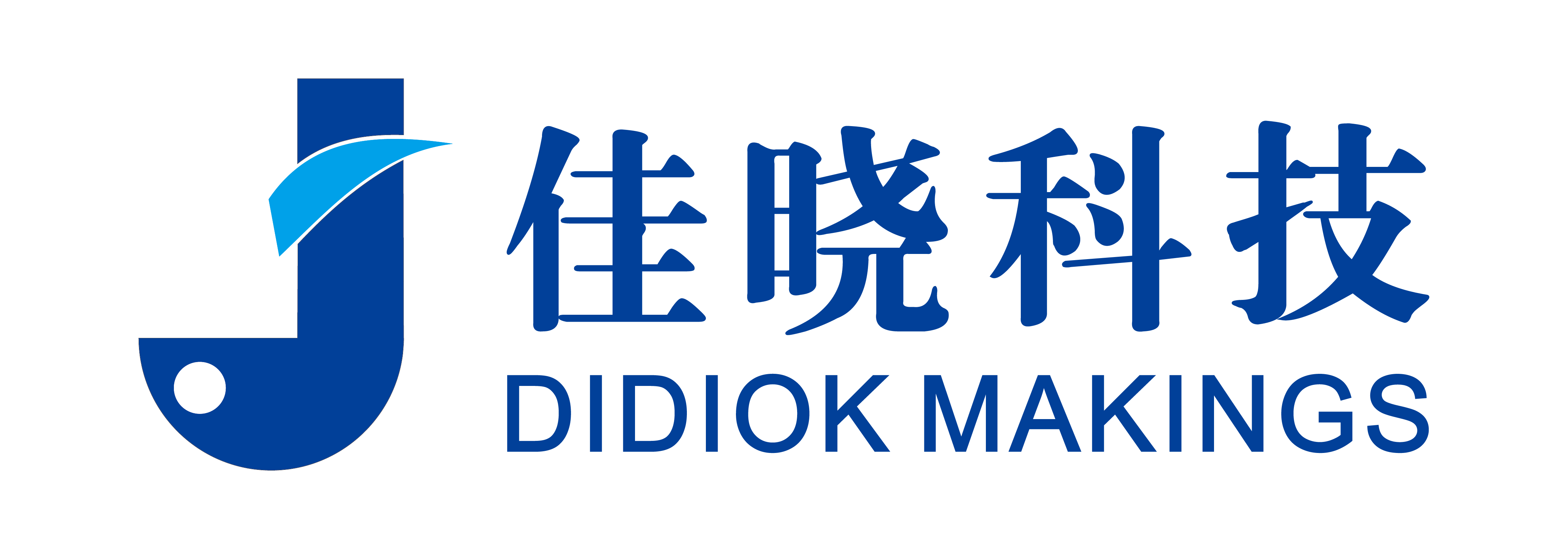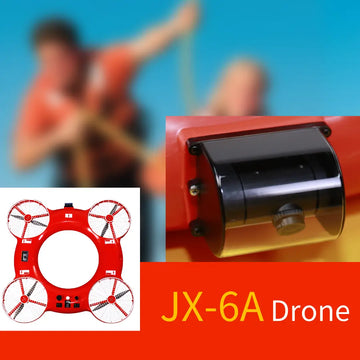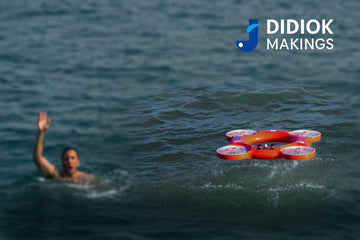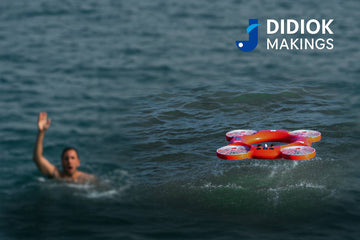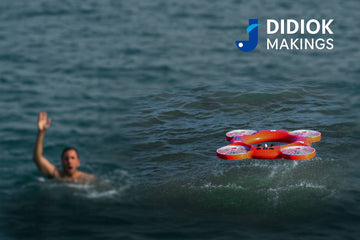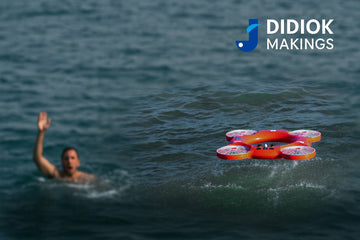When emergencies strike, seconds matter. Whether it’s a natural disaster, a drowning incident, or a person trapped in an inaccessible location, the speed, safety, and effectiveness of rescue efforts can determine the outcome. Over the years, rescue professionals have developed four primary rescue techniques to ensure the most appropriate and effective response in any given situation. Let’s break them down—and explore how modern tools like the JX-6A Air-Water Dual-Role Rescue Drone are transforming the way we save lives.
1. Reach Rescue
Reach is the first and safest method. It involves extending a hand, stick, rope, or any object to the person in distress while staying in a secure position. This method keeps the rescuer out of harm’s way while still assisting the victim.
Example tools: Rescue poles, throw bags, life rings
Limitation: Only works if the person is within close range.
2. Throw Rescue
If reaching isn’t possible, throwing a floatation device or rope is the next best step. This technique is widely used in aquatic rescues where the victim is conscious and can grab hold of the object.
Example tools: Life buoys, rescue throw bags, rescue drones like JX-6A
Advantage: Increases range without risking the rescuer’s life
The JX-6A Rescue Drone, developed by DIDIOK MAKINGS, is a perfect modern adaptation of this principle. With a remote control range of over 1,100 meters on water and built-in buoyancy of 190N, it can deliver life-saving support much faster and farther than manual throw methods.
3. Row (or Go by Boat)
When the victim is out of reach or too far for a thrown device, rescuers may row or use watercraft to approach the victim safely. This method is common in open water rescues, floods, and river accidents.
Example tools: Inflatable boats, rescue watercraft, jet skis
Risk: Requires skilled operators and poses some danger to rescuers
Modern aerial systems like the JX-6A reduce the need to send rescue boats immediately by acting as a first-response solution, quickly assessing the scene and providing immediate flotation support before a team arrives.
4. Go (Direct Contact Rescue)
This is the most dangerous method and is used only as a last resort. It involves physically entering the water or danger zone to rescue the person in distress. This method requires professional training to avoid placing the rescuer at risk.
Tools and skills needed: Rescue training, swimming equipment, lifeguard certification
Critical risk: High chance of rescuer injury or drowning
With smart solutions like the JX-6A, rescuers can delay or avoid direct contact rescues, especially in situations involving high currents, unknown conditions, or difficult access. Its one-touch takeoff, live video transmission, and stable hover capabilities allow for real-time response while minimizing risk.
Final Thoughts
Each of these four techniques—Reach, Throw, Row, and Go—plays a vital role in rescue operations. Choosing the right method depends on the situation, distance, environment, and condition of the victim. But as technology advances, tools like the JX-6A Air-Water Rescue Drone are redefining how we respond to emergencies.
Whether you're part of a coast guard, fire department, marine police, or a tourist safety team, modernizing your rescue toolkit can dramatically improve response time and save more lives—safely.
Explore more about the JX-6A Drone and how it can transform your rescue strategy at didiokmaking.com
